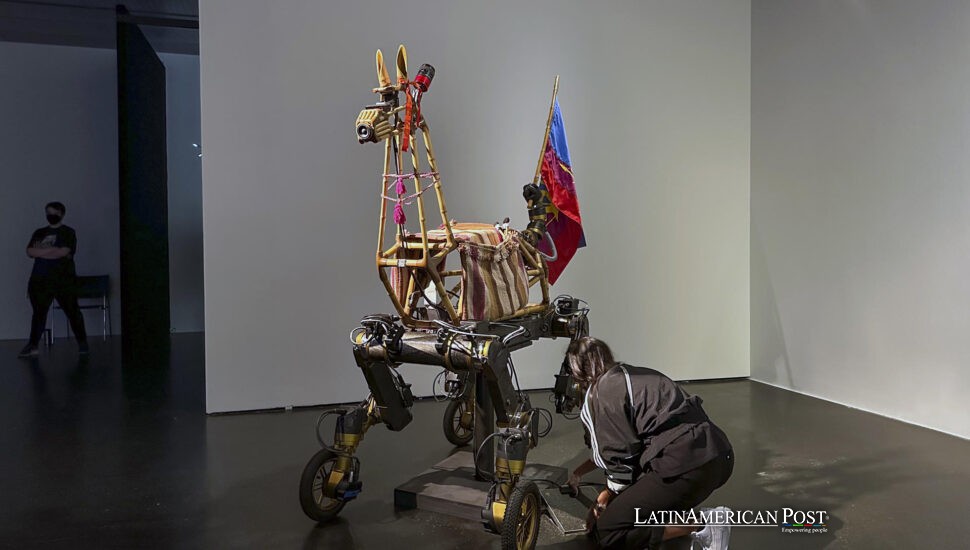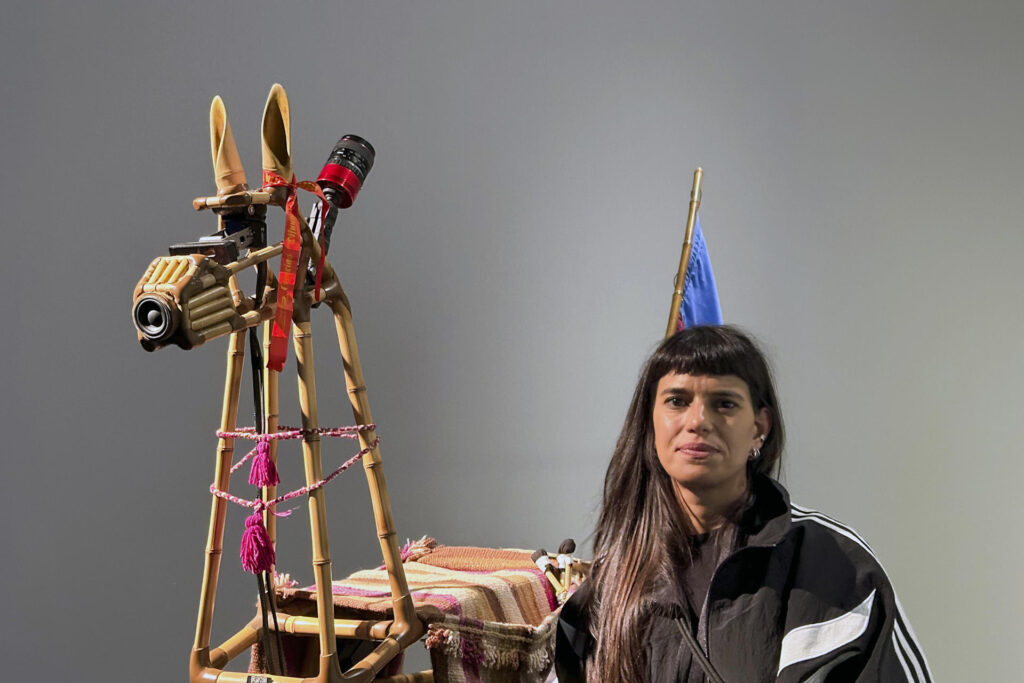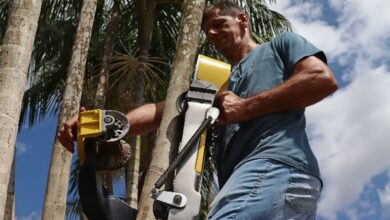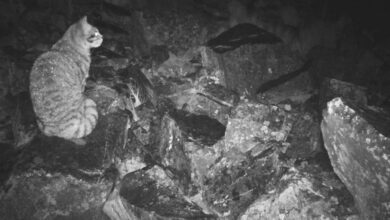Guanaquerx the Robot Rewrites Andean Liberation on Four Legs

A shaggy robot dressed in Andean textiles has retraced San Martín’s independence route across the Andes. Named Guanaquerx, it fuses muleteers, microchips, and collective knowledge, winning the Golden Nica at Ars Electronica and sparking debate about freedom, technology, and place.
A Liberation That Walks on Four Legs
When Argentine artist Paula Gaetano unveiled Guanaquerx, it was not as a futuristic gadget but as a provocation. “The spirit of the work is understanding that a liberation that isn’t collective isn’t liberation,” she told EFE in Linz, where the project won Ars Electronica’s Golden Nica in Life and Artificial Intelligence.
Guanaquerx’s January 2024 trek reenacted General José de San Martín’s Ejército de los Andes, the army that carried Latin America toward independence two centuries ago. That force was built on diversity—enslaved Africans, Indigenous fighters, camp followers—thousands of people and animals united by a fragile promise of freedom.
Two hundred years later, a new “army” assembled: artists, muleteers, engineers, programmers, bamboo craftsmen, historians, 58 animals, and local communities whose mountain knowledge is older than any satellite map. Together, they coaxed a four-legged machine wrapped in handwoven textiles across icy ridges. Guanaquerx recorded video and sound, drummed with its tail, emitted a synthetic whinny, and waved the flag of ERLA—the tongue-in-cheek Ejército Revolucionario de Liberación Artificial. The spectacle looked like science fiction under a poncho, but its heart was serious: how we build and who we build with matters.
Reenacting the Crossing, Recoding the Revolution
Reenactments often slip into nostalgia; Gaetano wanted the opposite. Guanaquerx was never meant to conquer the Andes alone. Its journey depended on collective labor—feeding batteries, mending joints, guiding animals, cooking meals, choosing safe paths. “We needed the knowledge of the people who live on the land,” she told EFE. “No engineer from Silicon Valley knew how to cross the Andes. There was solidarity and a parity of knowledge.”
The caravan showed the limits of technical arrogance. GPS and sensors helped, but the decisive tools were local instincts: knowing when a cornice will collapse, how wind sounds before a storm, when ice turns a stream impassable. These tacit skills made the crossing possible.
By placing a robot in this choreography, Gaetano recoded the story of AI itself. The machine was not a master but a participant, reliant on human communities. Just as San Martín’s liberation depended on collective endurance, this “artificial liberation” only advanced when everyone—people, animals, devices—moved together. The image of muleteers guiding a robot challenges the command-and-control fantasy of technology and replaces it with being-in-common.
Mestizo Engineering and the Intelligence of Place
Guanaquerx is no sleek prototype polished in a sterile lab. It is what Gaetano calls a “mestizo technology”: bamboo and cane lashed with textiles alongside batteries and actuators. The gait mimics a guanaco, an animal evolved to stand steady on scree. Local crafts solve problems that blueprints can’t. Woven patterns and knotted cords carry information; pack saddles distribute weight; a tail that drums an Andean rhythm doubles as signal and ceremony.
“My search was to recover local technologies—those ignored in the development narrative,” Gaetano explained to EFE. “Guanaquerx is born from that crossing, making mestizo technologies with local materials like textiles or cane, mixed with very sophisticated tech.”
The result is more than aesthetic. It is an ethic: intelligence emerges not from algorithms alone but from choreography with place. The caravan’s success—seven winter days over high passes—depended less on computation than on this blend of ancestral practice and modern circuitry. In Gaetano’s telling, the most intelligent “sensor” was”the community itself.

Rewriting the Laws Machines Live By
On its chest, Guanaquerx bore a manifesto: the Pluriversal Laws of Robotics, Gaetano’s remix of Asimov’s famous rules. These laws bind machines not just to human safety but to landscapes, watersheds, and animal kin. It is a direct answer to a technological history rooted in extraction and militarization. “If we think of the origins of robotic technology, they’re very clear: extermination, exploitation, extraction,” she told EFE.
The Andean crossing becomes a counter-myth. This robot was not built to dominate terrain or maximize output. It was designed to practice kinship, to remember collective journeys. Gaetano sharpened the critique: “Technologies design us. If we design technologies that enslave, they will enslave us.” Her corollary—that technologies designed for liberation might free us—animates the ERLA banner. Declaring an “Artificial Liberation Army” flips the productivity script and insists machines can be tasked with learning solidarity instead of disciplining labor or hoarding data.
The humor matters too. A guanaco-shaped robot brays, waves a flag, and makes the caravan laugh, yet the laughter carries weight. It rejects the fatalism that says machines must serve extraction. The Golden Nica crowned the piece with prestige, but the true legacy is a blueprint: entwine local knowledge with design, widen the circle of care, and build machines that refuse to pretend they can do it all alone.
Also Read: Peru’s Peñico Discovery Shows How the Caral Civilization Faced Crisis With Cooperation, Not Conquest
San Martín’s ragged army reached freedom through collective endurance. Guanaquerx trudged through the Andes by the same principle. The lesson stretches forward: liberation—human or artificial—will only ever be a caravan.



